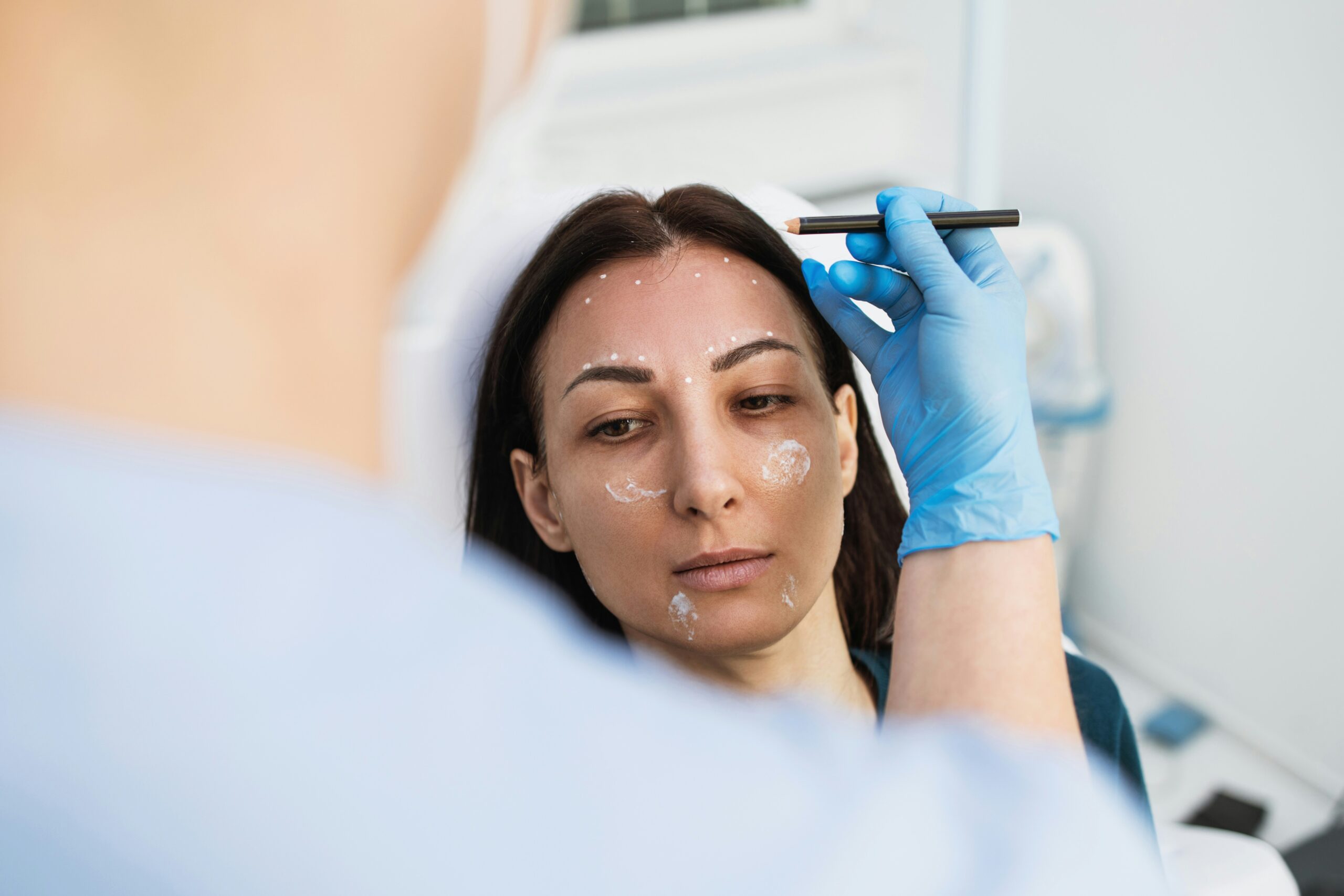
Skin cancer is one of the most common types of cancer in the United States. Early detection can make a life-saving difference. Advanced dermoscopy, also called digital dermoscopy, has become an essential tool for dermatologists to identify suspicious lesions long before they become dangerous. This technology provides precise visualization, enabling accurate diagnosis and timely treatment.
Understanding Dermoscopy and Its Role in Skin Cancer Diagnosis
Dermoscopy is a non-invasive imaging method that allows doctors to examine skin structures invisible to the naked eye. Using a handheld dermatoscope, specialists can magnify and illuminate the skin’s surface. This reveals pigment networks, blood vessels, and cellular patterns within moles or spots.
Before dermoscopy, doctors relied solely on visual inspection. This often led to unnecessary biopsies or missed cases of early melanoma. With modern tools, dermatologists can make faster, more reliable assessments, reducing patient anxiety and improving overall care.
The Evolution of Advanced Digital Dermoscopy Technology
Modern dermoscopy technology has evolved significantly. Earlier dermatoscopes were analog, offering limited visualization. Today’s digital dermoscopy systems integrate high-resolution imaging, artificial intelligence (AI), and computer-assisted diagnostics.
These innovations allow doctors to store, compare, and analyze images over time. For instance, digital dermoscopy can track subtle changes in skin lesions, helping identify early signs of malignancy. AI algorithms now assist in classifying lesions based on color, symmetry, and structure, further improving the accuracy of the evaluation process.
Why Early Skin Cancer Detection Matters
Early detection of skin cancer is crucial because it directly affects treatment outcomes. When caught early, melanoma and other skin cancers are highly curable. However, once cancer spreads, treatment becomes more complex and less effective.
With advanced dermoscopy, dermatologists can detect irregularities in their earliest stages. This early intervention minimizes invasive procedures, lowers healthcare costs, and, most importantly, saves lives.
How Advanced Dermoscopy Improves Diagnostic Accuracy
One of the major benefits of advanced dermoscopy is its ability to enhance diagnostic precision. Digital systems provide detailed, magnified images that reveal microscopic patterns and colors beneath the skin’s surface.
These visual clues help differentiate between benign moles and potentially malignant lesions. Features such as irregular pigment networks, atypical dots, or unusual vascular structures can indicate melanoma or basal cell carcinoma.
By improving accuracy, dermoscopy significantly reduces unnecessary biopsies, preventing scarring and patient distress. It also shortens the time between detection and treatment.
The Power of Artificial Intelligence in Dermoscopy
Artificial intelligence has transformed how dermatologists interpret skin images. AI-powered dermoscopy software analyzes thousands of photos to identify patterns associated with cancerous changes. These algorithms can assist in melanoma detection by providing instant risk assessments.
AI does not replace dermatologists but supports them. It improves decision-making, especially for borderline cases. Combined with clinical expertise, AI in dermoscopy leads to earlier, more confident diagnoses.
Monitoring Skin Lesions Over Time
Another powerful advantage of digital dermoscopy is its ability to track changes in skin lesions. Regular imaging sessions create a visual timeline of the patient’s skin health.
Even minor color or shape changes can signal the development of cancer. This skin lesion analysis over time helps dermatologists intervene at the perfect moment.
For individuals with multiple moles or a family history of melanoma, digital monitoring becomes an essential preventive measure.
Dermoscopy and Patient Education
Advanced dermoscopy not only benefits doctors but also empowers patients. When patients see high-resolution images of their skin, they understand the need for follow-up care. This visual approach encourages self-examination and regular visits to a dermatologist.
Educated patients can recognize warning signs, such as asymmetrical moles, irregular borders, or color changes. Early awareness complements clinical tools, creating a proactive defense against skin cancer.
Combining Dermoscopy with Other Diagnostic Tools
While advanced dermoscopy is highly effective, it is most effective when combined with other diagnostic technologies. Confocal microscopy, molecular testing, and biopsies confirm suspicious findings and help tailor personalized treatment plans.
Dermatologists often use multimodal imaging, combining multiple techniques to provide a more comprehensive view of the lesion. This holistic approach ensures precise diagnosis and reduces the chance of misinterpretation.
Preventive Screenings Using Advanced Dermoscopy
Preventive care remains the cornerstone of effective skin cancer management. Routine dermoscopic screenings can identify abnormalities before they progress. People with fair skin, excessive sun exposure, or a genetic predisposition to melanoma benefit most from regular exams.
Advanced dermoscopy helps doctors create personalized screening schedules based on individual risk factors. With consistent follow-ups, patients stay protected through early intervention and continuous monitoring.
The Future of Early Skin Cancer Detection
The future of skin cancer diagnosis is promising with ongoing advancements in imaging and AI. Researchers continue to develop portable dermoscopy devices and mobile applications for remote skin monitoring. These innovations may soon allow patients to perform self-dermoscopy under professional guidance.
Integration with telemedicine also makes expert consultations accessible from anywhere, especially for those living in remote areas. As technology progresses, dermoscopy’s role in early detection will only grow stronger.
Practical Tips for Maintaining Skin Health
- Schedule regular dermatology checkups. Annual skin exams can reveal problems before they escalate.
- Use sunscreen daily. Broad-spectrum protection prevents UV-related skin damage.
- Avoid tanning beds. Artificial UV light increases the risk of skin cancer.
- Perform self-checks monthly. Use mirrors to inspect all areas, even hard-to-reach spots.
- Monitor changes. Keep photos of moles or spots and compare them over time.
Preventive care, combined with advanced dermoscopy, forms the most effective defense against skin cancer.
A New Era in Skin Cancer Detection
Advanced dermoscopy has revolutionized how dermatologists detect and monitor skin cancer. Through detailed imaging, AI analysis, and long-term monitoring, it enhances accuracy, reduces unnecessary procedures, and improves patient outcomes.
Early detection saves lives, and with this modern technology, skin cancer diagnosis has entered a new, more hopeful era. Regular screenings and technological innovations ensure that more patients receive timely care and enjoy healthier, cancer-free skin.